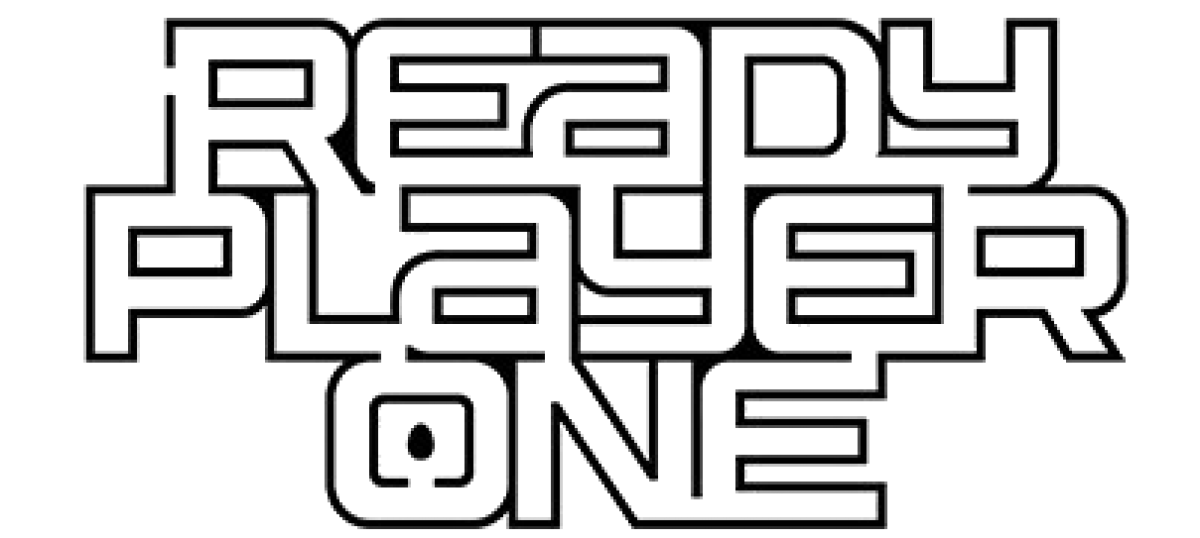Jason Kahan
Dr. Licastro
English 151
11 October 2018
“Calming the Storm”
Technology has taken over our lives by storm. Almost everywhere in life new technologies are surpassing old ones. Not just higher-tech cars or computers, but even simple wrist watches are being replaced by smart or Apple watches. Technology has made especially extraordinary improvements in how we learn in the classroom. Books are now being replaced with tablets, and whiteboards are being replaced by smartboards. Kids are learning differently than they have in the past as they now have the availability to multiple sources. Some people may argue that these new technologies have affected kids’ ability to get the most out what they learn, but in fact these new technologies have improved children’s ability to learn. With new technologies being created, educators should incorporate them to improve children’s learning.
The internet is changing the way we comprehend our readings. New platforms like Twitter and Instagram are affecting how much we want to read before losing attention and becoming side tracked. The cause of all this all of the scrolling and multiple authors about of multiple different things. This means that educators must adjust how they teach their students. These adjustments would be comparable the ones made in the past as new technologies were being presented as well. As said in “The Deep Space of Digital Reading”, “The quality of digital media poses one kind of problem for the reading brain; the quantity of information available to the wired reader poses a different and more serious problem. But it’s worth noting that readers have faced this problem before, too. Gutenberg printed his first Bible in 1455, and by 1500, some 27,000 titles had been published in Europe, in a total of around 10 million copies. The flood of printed matter created a reading public, and changed the way that people read.” (La Farge) This means that times have adjusted to what technologies are being used to read. People had to adapt to learn how to read rather than being told the stories through word of mouth. Educators must do as they did in the past and now adjust to teaching kids how to comprehend reading while reading on a screen.
There are big differences between reading on a screen versus a book. First is the feel of both of them, one you can follow with your finger and feel the words on he page and the other lights up the words for you to read. While reading on the screen, you lose the ability to turn the page and instead scroll down. There are devices like the Kindle that try to recreate that feeling of turning the page, but most articles published require scrolling down. Educators again must adjust to how pieces of writing are being published and adjust their teachings to better the children’s comprehension while reading articles online. If this means teaching kids to learn how to read on a tablet instead of a book then that is what must be done. After all, reading is just dissecting the words being shown on the screen and processing what is being said. “When we read, we construct a mental representation of the text in which meaning is anchored to structure.” (Jabr) “The Reading Brain in the Digital Age: The Science of Paper versus Screens” This being said, teachers will now have to adjust to teaching their kids how to mentally represent the text, not on a book, but on a screen.
Our education system needs to adapt to the digital age to maximize productivity of our students. Our society is demanding more and more from workers and this means workers must be able to multitask. Multitasking is a skill that educators must effesize when teaching so their kids will be able to focus on not just one thing but balance between both. As Davidson says in
“Now You See It”, “Multitasking is the ideal mode of the twenty-first century, not just because of our information overload but because of our digital age was structured without anything like a central node broadcasting one stream of information that we pay attention to at a given moment.” (Davidson 6) The skill of multitasking being taught will also help broaden the children’s minds to be able to focus on more than one thing. Educators can use reading on a screen as a way to also teach multitasking. When reading on a screen, other pages will be open and ads will be on the screen. This is good practice for the children to focus on what they are trying to accomplish while noticing and observing other things going on. Multitasking is not just working on multiple things but focusing on what is important but also keeping in mind other things going on. This is essential in the digital age and reading with new technologies will allow for our children being taught to accomplish much more.
New technologies are being developed every day and will still further develop as time goes on. It is the responsibility of our educators to also be up to date and teach what the world is using at the moment. As there are classes now teaching how to use computers, in the future there will be classes teaching people how to use holograms to learn. All this and more is why it is so important for educators to incorporate new technologies in their teaching so our kids can be up to date. Technologie has taken over our lives, and it is our educators jobs to call the storm.
